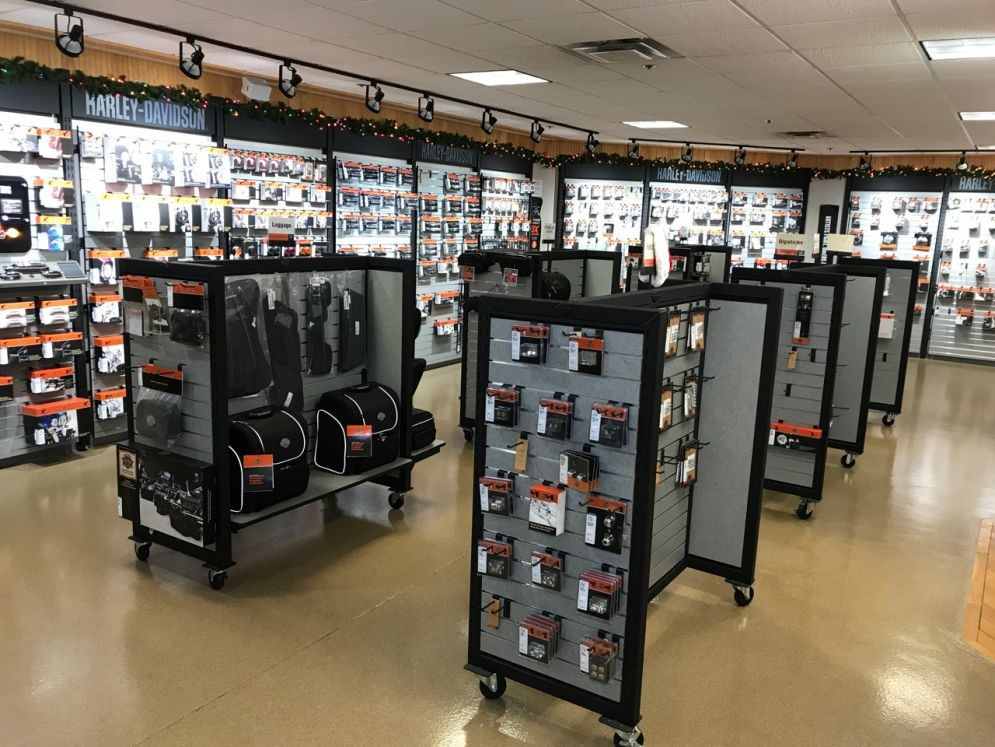A Detailed Take A Look At Motorcycle Parts: What Every Cyclist Needs To Know
A thorough understanding of motorbike components is not merely valuable however critical for any cyclist aiming to take full advantage of efficiency and safety and security. Each element, from the engine's complex workings to the dependability of brake systems, plays a crucial role in the general experience and functionality of the bike.
Comprehending the Engine
The engine, usually considered the heart of a motorbike, is an intricate setting up of components that operate in harmony to convert gas into activity. At its core, the engine's primary function includes the burning procedure, where air and fuel mix and stir up within the cylinders, resulting in controlled surges that drive the pistons. These pistons go up and down, converting chemical power into power, which ultimately transforms the crankshaft, inevitably powering the bike.

Recognizing the details of a motorcycle engine is essential for motorcyclists and enthusiasts alike. It not just provides understanding right into exactly how motorbikes achieve their impressive power and speed yet additionally aids in efficient maintenance and troubleshooting, ensuring long life and dependability when driving.
Suspension Solutions
While the engine powers the motorbike, the suspension system plays a vital duty in making certain a smooth and regulated experience. The shock absorber is accountable for soaking up shocks from the road surface area, preserving tire contact, and providing stability throughout cornering and stopping. It makes up 2 primary parts: the front forks and the rear shock absorbers.
Front forks are usually telescopic, dampening and having a spring system. The springtime extends and presses to absorb bumps, while the moistening device manages the activity to avoid extreme jumping. This combination makes certain the front wheel stays in call with the roadway, providing premium handling and comfort.
The rear suspension, typically a monoshock or twin-shock configuration, functions similarly to the front suspension however is customized to sustain the motorcycle's weight and motorcyclist - motorcycle shop. It handles back wheel activity, adding to the bike's overall equilibrium and responsiveness
Shock absorber can be adjustable, permitting bikers to adjust preload, compression, and rebound settings according to personal choices and riding conditions. This adjustability improves efficiency by maximizing the motorbike's communication with varied terrains. In summary, an efficient suspension system is vital for rider comfort, safety and security, and the motorcycle's managing expertise.
Brake Elements
Stopping power is a fundamental facet of bike security, and it rests on the performance of the brake parts. The key components of a bike's stopping system include the brake pads, calipers, rotors, and master cylinder. motocross gear. Each of these elements plays a vital function in guaranteeing effective braking efficiency
Brake pads are crucial as they produce the required friction versus the rotors to reduce or stop the bike. Created from products such as sintered metal or organic compounds, the selection of brake pad product substantially affects performance and longevity. Calipers, real estate the brake pads, use stress to the pads when the brake lever is engaged, promoting contact with the rotors.
The rotors, commonly made from stainless steel or actors iron, are mounted to the wheels and work as the surface against which the brake pads press. Their style, including size and density, influences warm dissipation and stopping power. The master cyndrical tube, connected to the brake bar, produces hydraulic stress transferred through brake lines to the calipers, making sure constant braking pressure.
Regular upkeep and evaluation of these parts are important for optimum efficiency, preventing wear and making certain biker safety on the roadway.
Tire Basics
Beyond preserving durable braking systems, guaranteeing optimum tire efficiency is just as considerable for motorbike safety and security and performance. Tires are the single get in touch with factor between the roadway and the motorcycle, making their condition critical in taking care of, stability, and overall experience high quality. Picking the appropriate tire kind is important, as it straight affects grip and efficiency. Alternatives vary from visiting to sporting activity tires, each made to accommodate specific riding styles and conditions.

Additionally, take into consideration the tire's age. Rubber substances deteriorate over time, even if step appears appropriate. Examine the sidewall for the DOT (Department of Transport) code to determine the tire's age. Commonly, substitute is advised every 5 years, no matter wear. Spending focus in these tire essentials not just maximizes performance yet also substantially boosts riding security.
Electric Equipments
In the realm of motorcycle upkeep, the electric system plays a crucial role in guaranteeing reliable performance and motorcyclist safety and security. This intricate network encompasses crucial elements such as the battery, generator, starter electric motor, and wiring harness. Each element is important for the smooth operation of the motorbike, from ignition to lights and interaction with numerous sensors.
The battery acts as the click this heart of the electric system, offering the necessary power to start the engine and operate accessories. Consistently examining the battery's voltage and terminals for deterioration is crucial to avoid unexpected failures. The generator, on the various other hand, charges the battery while the engine is running, making sure a continual power supply.
To maintain it, cyclists need to pay focus to any type of uncommon noises or troubles throughout startup. Ensuring that the wires are totally free and intact from damages is necessary for stopping short circuits and ensuring functionality.
Conclusion

Quiting power is a basic element of motorbike security, and it hinges on black and gold motorcycle helmet the efficiency of the brake components. The key components of a motorbike's braking system include the brake pads, calipers, blades, and master cyndrical tube.Brake pads are crucial as they develop the needed friction against the blades to reduce down or quit the motorbike.Beyond preserving robust braking systems, ensuring optimum tire efficiency is similarly significant for motorbike security and efficiency.In the world of bike upkeep, the electrical system plays an essential role in making certain trustworthy efficiency and cyclist safety and security.